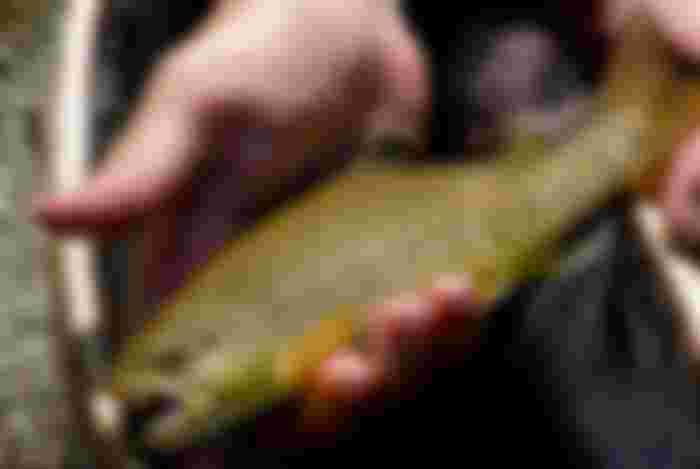Brown trout is a freshwater, brown form of sea trout Salmo trutta. In a sense, this species is a typical representative of the family Salmonidae.
It is one of the most famous and widespread freshwater fish. The shape and structure, and to a large extent the color of its body, is extremely adapted to the conditions of the habitat. It is characterized by a relatively large head and large mouth. The jaws and vomer are equipped with sharp teeth.

Body color is directly dependent on the place of its residence. Therefore, darker, lighter, olive-brown and similarly colored individuals are encountered. The color of the back is mostly olive brown, while the hips are yellow-green. Dark and red spots bordered by light edges can be seen on the body. The whole body is covered with tiny, thin and round scales (scales). Younger individuals in the first year of life have a dozen dark oval spots on the sides of the body, the so-called. “Youthful attire,” which disappears in old age.
Brook trout inhabit mountain watercourses (streams, rivers, and, much less frequently, rivers), which are characterized by cold, clear and clean water rich in oxygen and with weakly expressed temperature oscillations. It inhabits parts of streams - rivers at the bottom and large whirlpools on difficult to access terrain.
It reaches sexual maturity in the second or third year of life at a body length of 25-30 cm. Females lay 500 to 3,000 eggs with a diameter of 4.5-5 mm. The average fertility is about 1,500 pieces of eggs per 1 kg of body weight. In the case of brown trout, it is at the time of spawning (November, December, and less often in October or January)

nice article